Can we start a petition to bring these headphones back?
The headphone world is always evolving, with shiny new models hitting the shelves every year. But sometimes, we can’t help but feel a twinge of nostalgia for the legendary cans of yesteryear that left an indelible mark.
In this article, I’ll dive into a sentimental journey to revisit the ten discontinued headphone models we definitely miss. Read on!
- 1. Sennheiser HE-90 Orpheus: Luxurious Legend
- 2. Sony MDR-EX1000: Giant Killers
- 3. HiFiMAN HE-500: Planar Pioneer
- 4. Beyerdynamic T1 Tesla (Gen 1): Analytical Audiophiles’ Choice
- 5. Denon AH-D2000: Bassy Biocellulose
- 6. Audeze Sine: Smooth Operator
- 7. Sony XBA-N3: Hybrid Driver Delight
- 8. Philips SHP9500: Budget Champion
- 9. Campfire Audio Vega: Iridescent Excellence
- 10. RBH HP-2: Beryllium Boss
- 1. Sennheiser HE-90 Orpheus: Luxurious Legend
- 2. Sony MDR-EX1000: Giant Killers
- 3. HiFiMAN HE-500: Planar Pioneer
- 4. Beyerdynamic T1 Tesla (Gen 1): Analytical Audiophiles’ Choice
- 5. Denon AH-D2000: Bassy Biocellulose
- 6. Audeze Sine: Smooth Operator
- 7. Sony XBA-N3: Hybrid Driver Delight
- 8. Philips SHP9500: Budget Champion
- 9. Campfire Audio Vega: Iridescent Excellence
- 10. RBH HP-2: Beryllium Boss
1. Sennheiser HE-90 Orpheus: Luxurious Legend
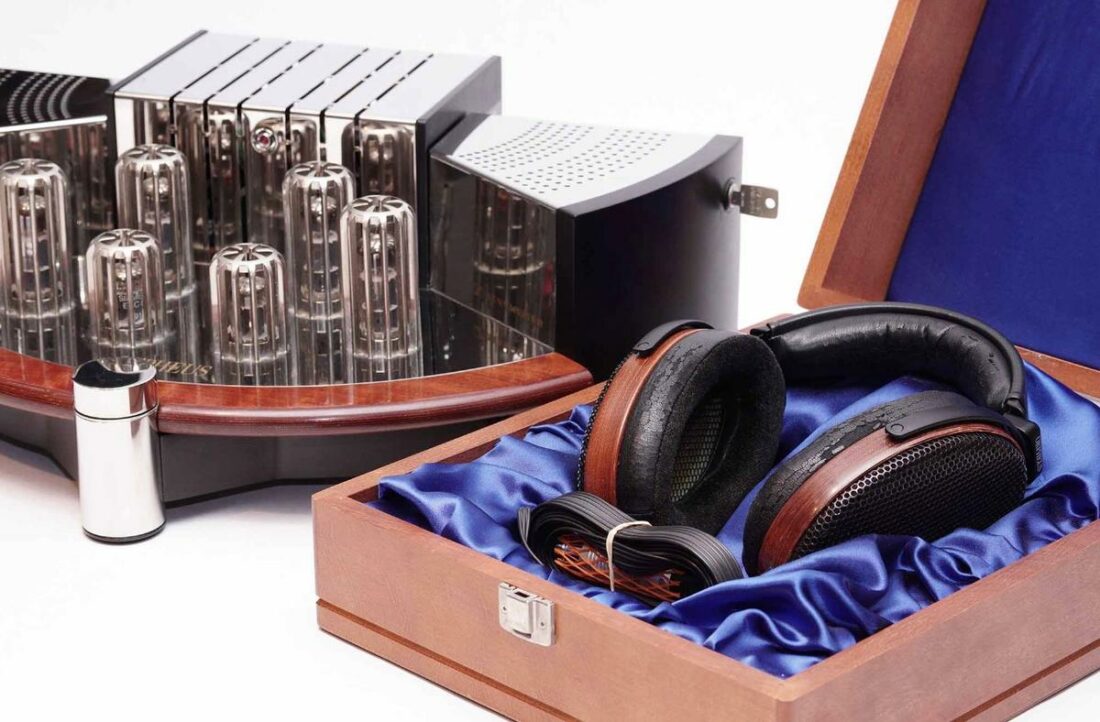
- Released: 1991
- Discontinued: 1995
The Sennheiser HE-90 Orpheus were the headphone equivalent of automotive royalty. With a staggering 6,000 parts and a $12,000 price tag, these electrostatic beauties didn’t cut any corners in their quest for audio perfection.
Even though only 300 were made, the Orpheus left a lasting impact. Their warm, natural sound and incredible detail set a new bar for what headphones could achieve.
The HE-90’s soundstage was simply magical, transporting you to the sweet spot of a concert hall with a full orchestra unfolding before you. In fact, musicians and critics alike gushed at how classical and jazz recordings sounded like live performances through these.
Later Orpheus iterations tried to recapture the magic. But, for many of us, the original HE-90 remain the ultimate showcase of Sennheiser’s craftsmanship.
They’re an opulent legend we’d love to experience again.
2. Sony MDR-EX1000: Giant Killers
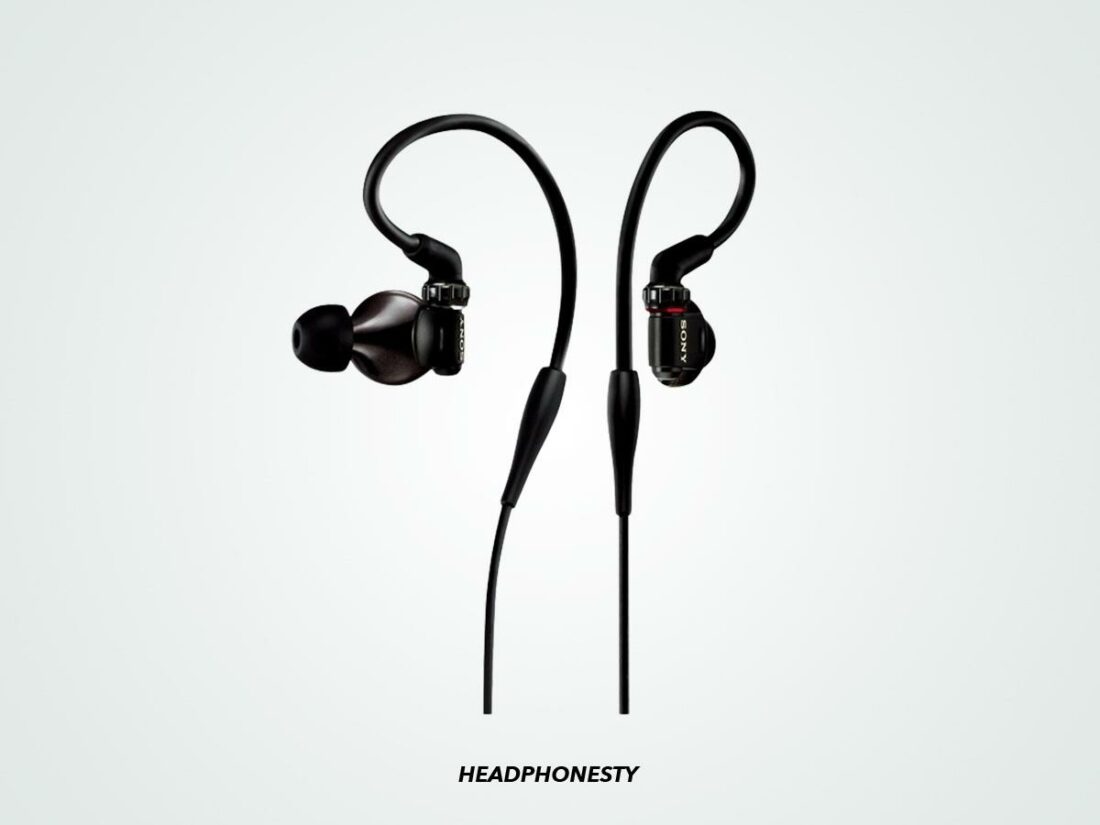
- Released: 2016
- Discontinued: 2022
The Sony MDR-EX1000 in-ear monitors didn’t last long, but they definitely kicked up quite a fuss in their day.
These IEMs had a massive 16mm liquid crystal polymer dynamic driver tucked into a vented magnesium shell. This unusual approach made an open, spacious sound, unlike any other IEM at the time.
They had an emotional, lively signature and bass response that rivaled far pricier sets. Toss in that generous bundle of eartips and a slick case, and you’d have IEMs punching well above their weight.
Pesky issues like compatibility with different gear and paint chipping ultimately led to their demise.
Yet, over time, as source gear improved and people began to appreciate their sound quality, the Sony MDR-EX1000 developed a following.
In the hearts of fans, the MDR-EX1000 remained a cult classic that showed what a single dynamic driver could do.
3. HiFiMAN HE-500: Planar Pioneer
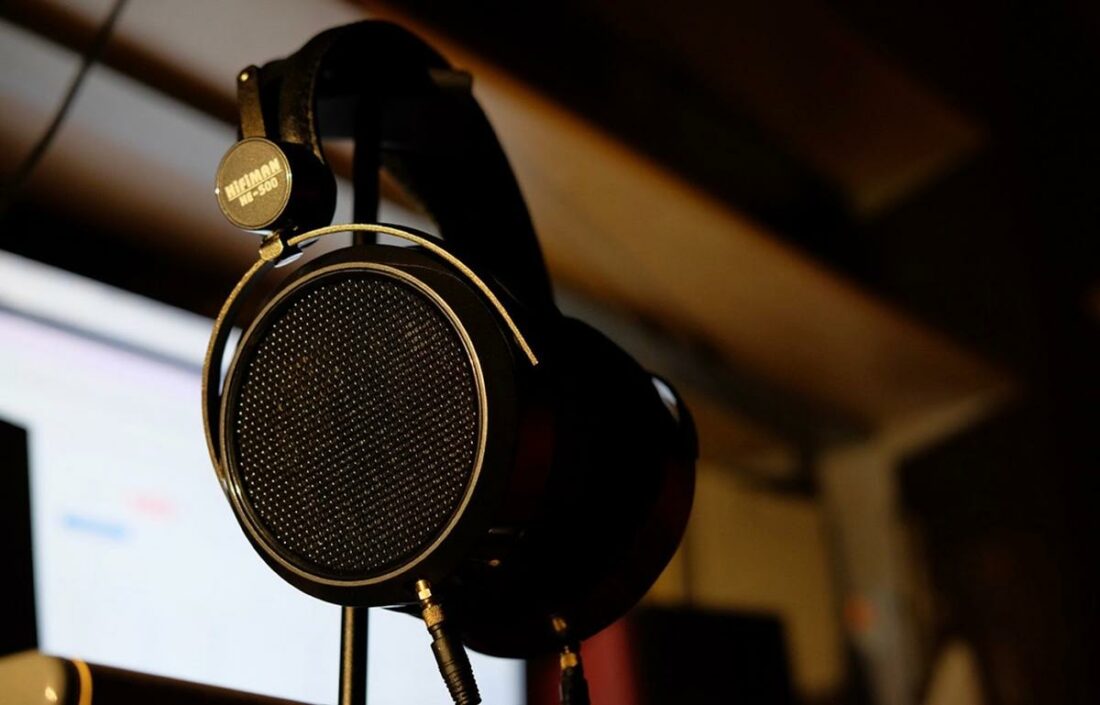
- Released: 2011
- Discontinued: 2015
Before planar magnetic headphones became mainstream, the HiFiMAN HE-500 were already there.
At just $699, these cans made the coveted planar sound remarkably accessible.
Music lovers revered the HE-500 for their natural, lifelike tuning. Their deliciously textured midrange and smooth-yet-extended treble made them eminently well-suited for vocal-centric genres.
Unboxing was an experience in itself too. They come with premium accessories like a Canare cable and spare connectors heightening the luxurious feel. And, the sturdy metal construction and angled earpads meant long listening stints were a breeze.
Alas, the HE-500’s demise was simply a product cycle casualty.
HiFiMAN inevitably replaced them with newer flagships like the HE-6. But, their impact kicked the planar magnetic door wide open for headphone enthusiasts everywhere.
4. Beyerdynamic T1 Tesla (Gen 1): Analytical Audiophiles’ Choice
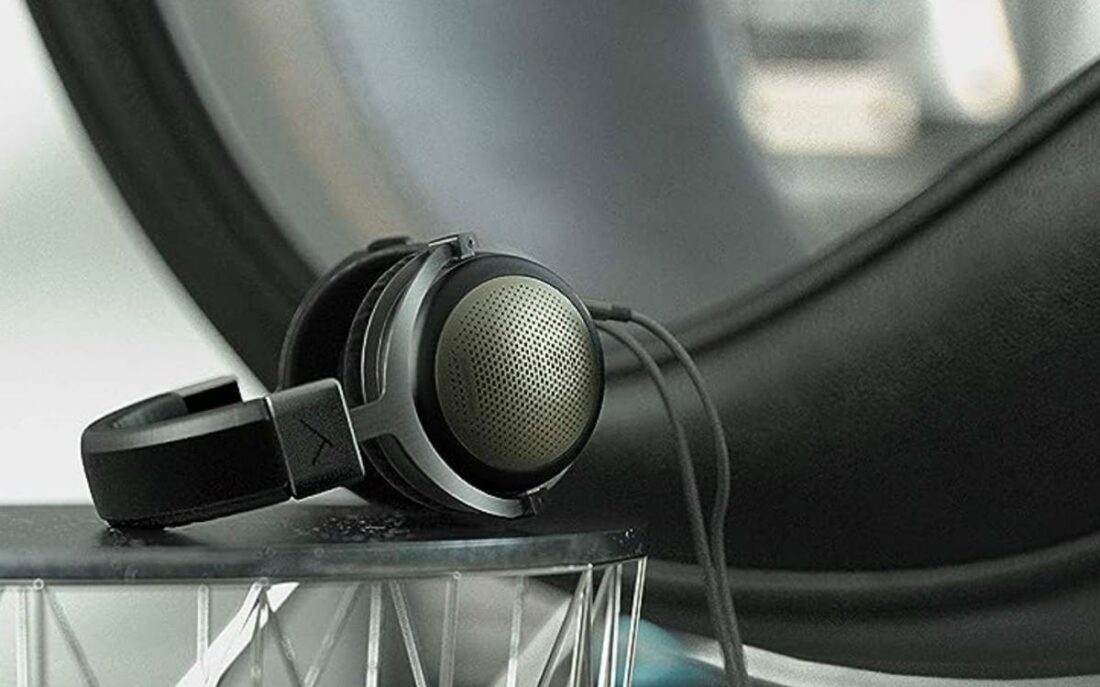
- Released: 2010
- Discontinued: 2015
For audiophiles who wanted the clearest, most detailed sound, the Beyerdynamic T1 Tesla were the go-to pick.
Powered by Beyer’s proprietary Tesla driver technology, these headphones achieved remarkably high efficiency and low distortion.
As a result, the T1 had an otherworldly resolution, razor-sharp imaging, and vast soundstage. This made them a reference monitoring tool among professionals and hardcore enthusiasts alike.
With an almost merciless ability to unveil the most subtle nuances in recordings, their revealing signature wasn’t for the faint of heart. But for those who could handle it, they offered a stunningly transparent window into the music.
A second-gen Tesla lineup ultimately spelled the original T1’s discontinuation in 2016. Still, many remember that first taste of Beyerdynamic’s electrifying Tesla tech as a watershed moment for headphone fidelity.
5. Denon AH-D2000: Bassy Biocellulose
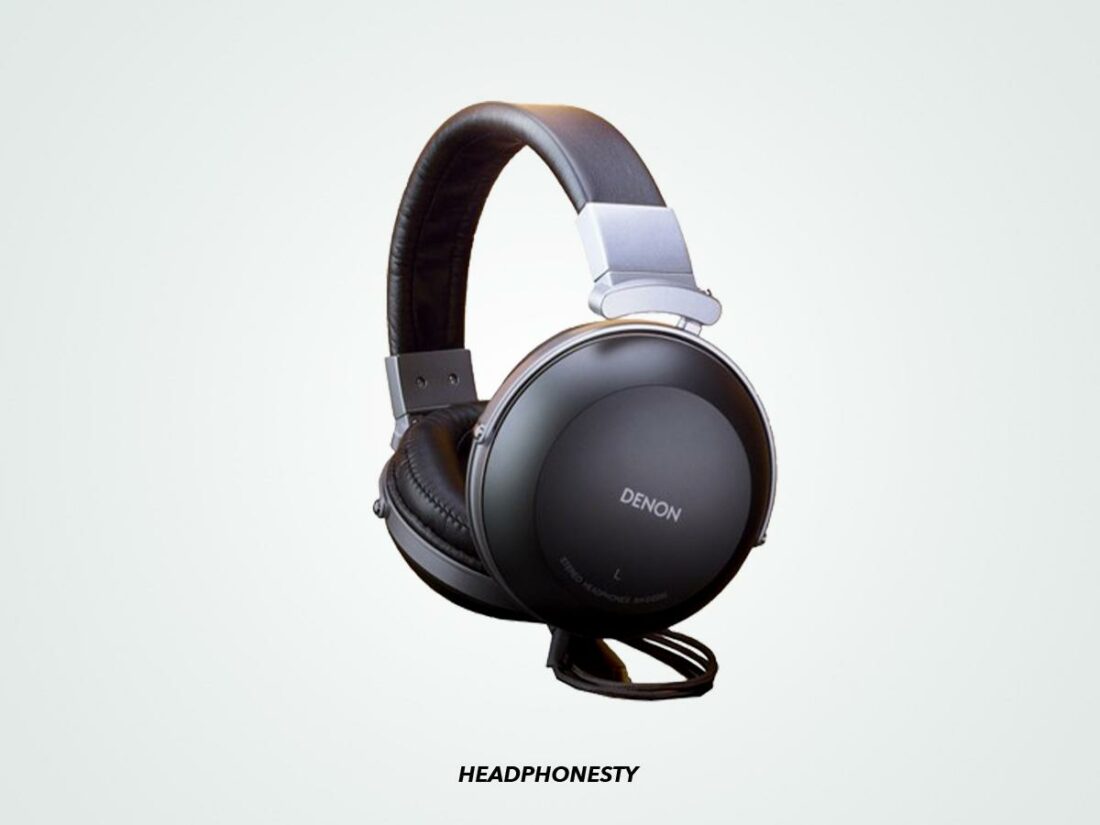
When it came to basshead audiophile headphones, the Denon AH-D2000 were the king.
These headphones used biocellulose drivers, which gave a fast, tight, and textured bass response that was hard to beat.
But reducing the D2000 to just a bass monster would be a disservice.
For those who relished an exciting, musical sound with serious technical chops to back it up, the D2000 checked all the right boxes. Their warm, lush midrange and smooth treble made them an engaging all-rounder.
Rumor has it that the D2000 were discontinued because of a management change at Denon. The new team reportedly didn’t like that Fostex made the headphones outside the US. So, they ended the partnership and had a US company design and make the new line.
While later Denon models kept using biocellulose, for many, the D2000 hit a sweet spot that was never quite matched.
6. Audeze Sine: Smooth Operator
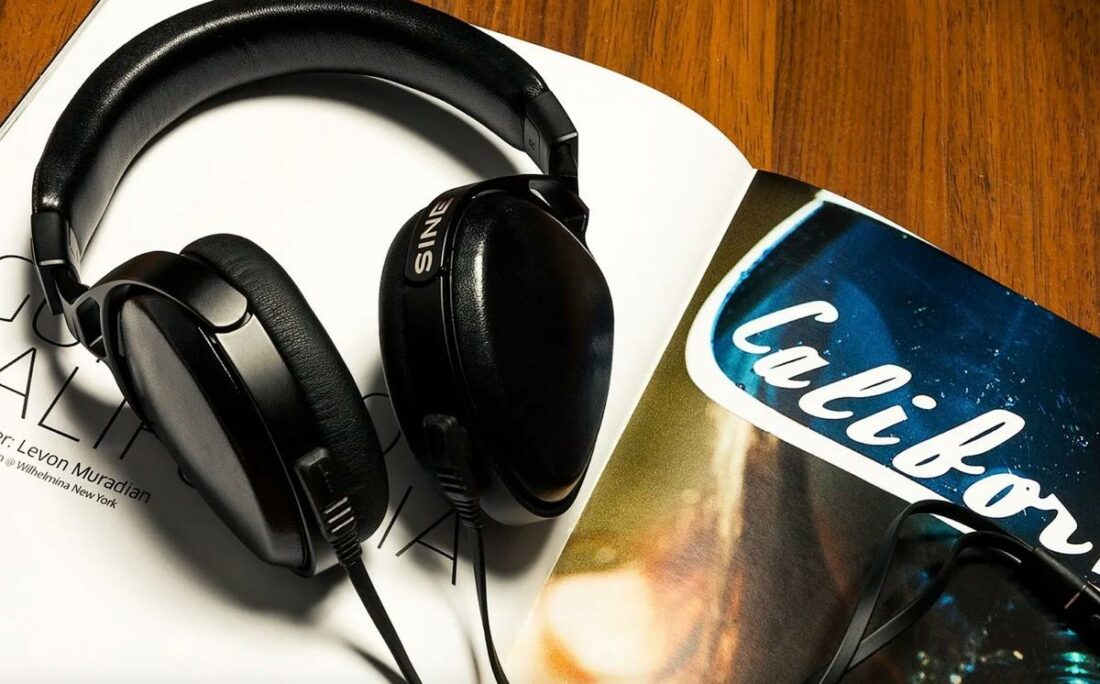
In the Sine, Audeze achieved the impressive feat of cramming their planar magnetic technology into a sleek, compact on-ear design.
And the sound? Rich, creamy, deliciously smooth – way beyond what you’d expect for on-ear headphones.
They had a warm tilt, with a full, lush midrange and relaxed treble. Sure, their heft and vice-like clamping force could induce the dreaded ‘hot ear’ during extended sessions. But for shorter spurts, they offered beautifully polished, engaging sonics in a grab-and-go package.
The reasons for the Sine’s discontinuation remain a mystery. Perhaps they got overshadowed by Audeze’s growing ranks of acclaimed over-ear designs. Or maybe the competitive on-ear segment simply wasn’t a perfect fit.
One thing’s certain though: that musical, easy-going tuning is sorely missed.
7. Sony XBA-N3: Hybrid Driver Delight
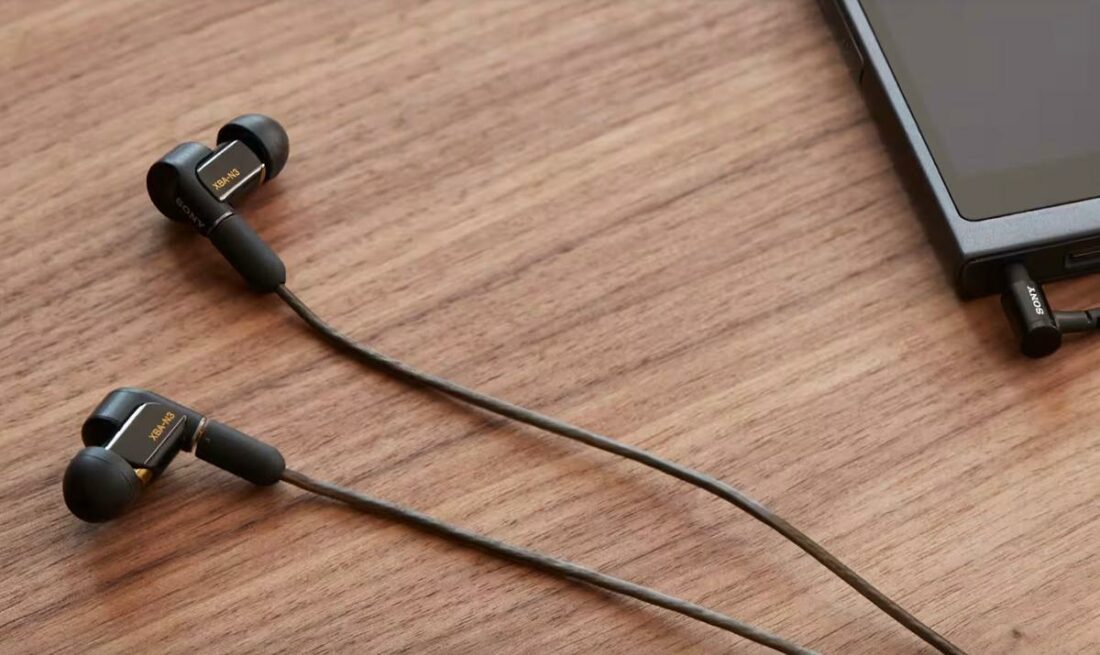
The Sony XBA-N3 were a unique offering in the IEM world.
A dynamic driver and balanced armature – accompanied by Sony’s liquid crystal polymer tech, no less – combined to give these IEMs a delightfully split personality.
On one hand, the XBA-N3 possessed serious technical chops. This includes the potent, well-textured bass, a clear, nuanced midrange, and treble with ample extension and bite (maybe too much for treble-sensitive folks).
On the other, they avoided the pitfalls of sounding clinical or anemic by always maintaining an engaging musicality too.
Unfortunately, the rapid pace of IEM evolution soon left the XBA-N3 obsolete. But that doesn’t mean they weren’t missed.
8. Philips SHP9500: Budget Champion
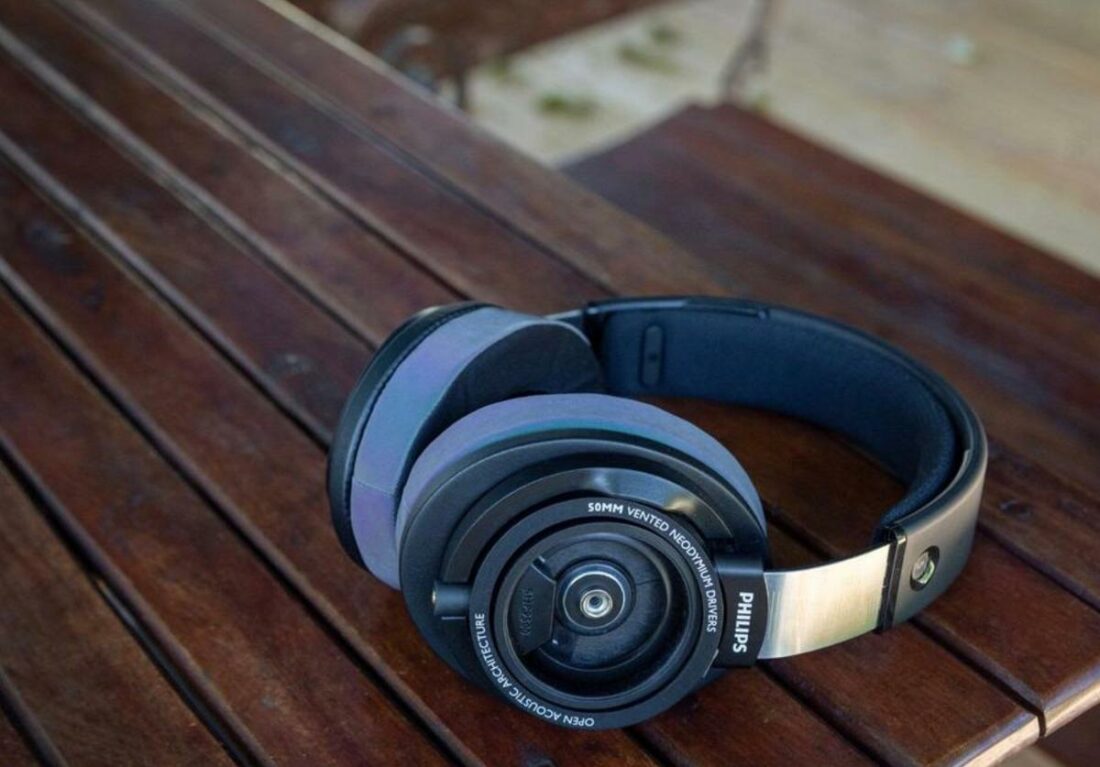
For audiophiles on a budget, the Philips SHP9500 were a godsend.
For a mere $100, these featherweight open-back headphones punched way above their pay grade in sound.
A balanced, neutral sound signature made the SHP9500 wonderfully versatile across genres. Their clarity and crisp detail retrieval delivered nuances usually reserved for higher price brackets. And that deliciously open, spacious staging? Positively entrancing!
Of course, the open-back design meant subpar isolation – not ideal for noisy environments. And the shallow earpads could induce dreaded ‘driver flex’ over time. But for at-home critical listening, the SHP9500 made dollar-stretching look easy.
Since being discontinued, filling the SHP9500’s affordable open-back niche has proven an uphill battle. Their giant-killing abilities left a void that new budget challengers still struggle to fill.
9. Campfire Audio Vega: Iridescent Excellence
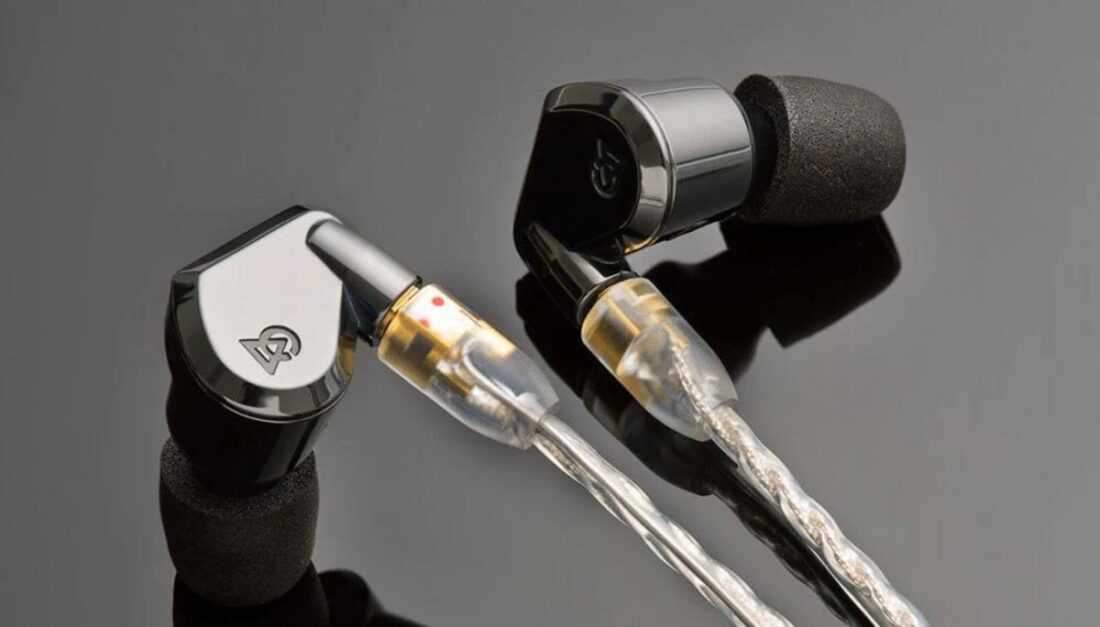
When it came to IEM artistry, only a few could match the sleek beauty of the Campfire Audio Vega. But make no mistake – these were far more than just a pretty face.
With an 8.5mm non-crystalline diamond dynamic driver, their sound took no prisoners either.
The Vega had a vibrant, energetic sound with impressive dynamics and clarity. Yet, they never crossed the line into overt brightness or brittleness.
Their bass was deep and powerful. The midrange was lush and engaging. And, the treble provided a satisfying sparkle without being harsh.
Packaged with a generous array of accessories and sporting a unique look, the Vegas were the total package.
In 2020, Campfire released an updated Vega model with a different housing material, updated drivers, and a lower $899 price tag (vs. the original’s $1,299). Yet, these just made us miss the original version more.
10. RBH HP-2: Beryllium Boss
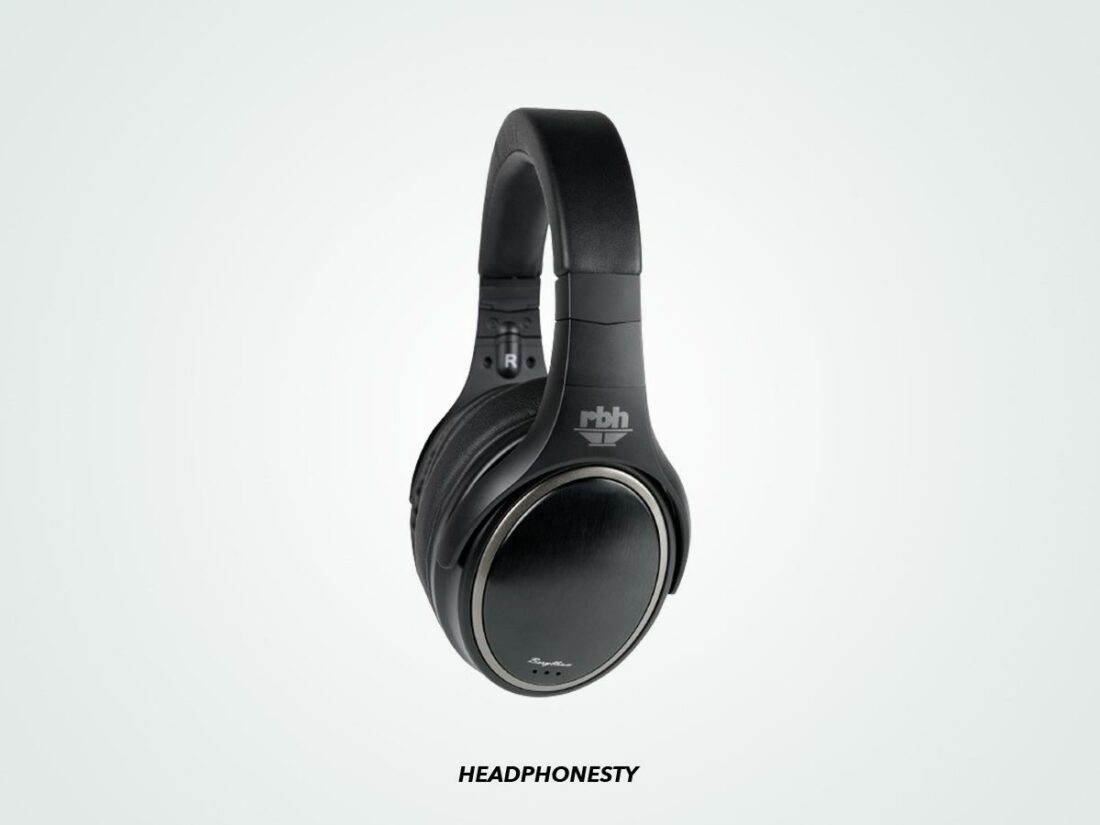
Exotic beryllium drivers haven’t just been the playground of expensive flagship cans like the Focal Utopia. In the HP-2, RBH Audio made this technology more accessible as people got these for only $199.
Known for their stiffness and light weight, the beryllium drivers gave the HP-2 an exceptionally quick, refined sound. This was marked by the crisp transient response, searing detail retrieval, and an utterly neutral, uncolored presentation.
In short, the HP-2 were pure reference audio, no sweeteners added.
Sadly, the HP-2 were discontinued along with many of RBH’s personal audio products. This seemed to be a business choice to streamline the company’s offerings, rather than a reflection of the HP-2’s performance.
This was not the swan song these fine cans deserved. But they definitely did their part to show the potential of beryllium drivers at a more accessible price point.

Oppo PM1/PM2/PM3
Sennheiser PX 95